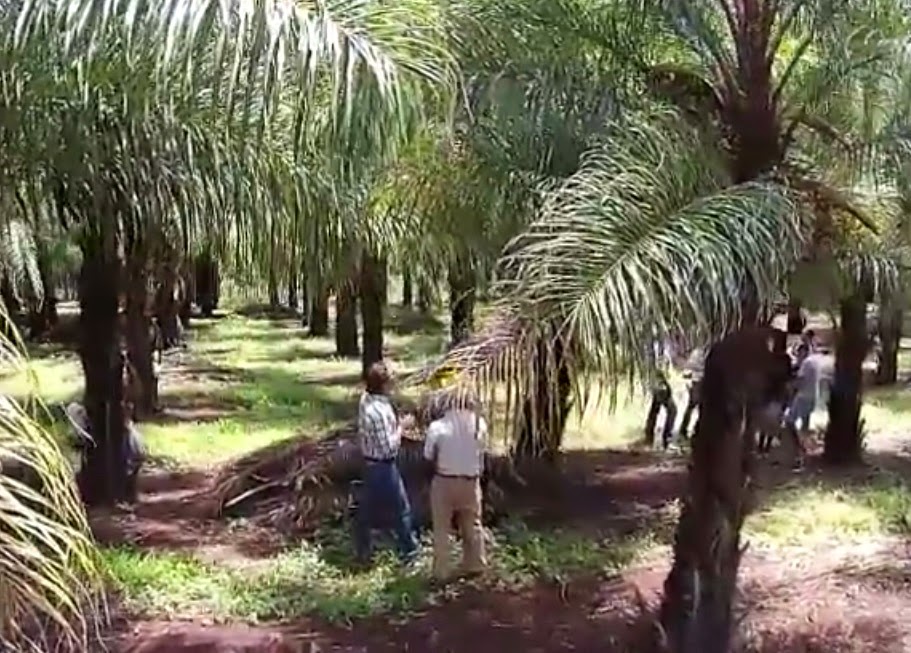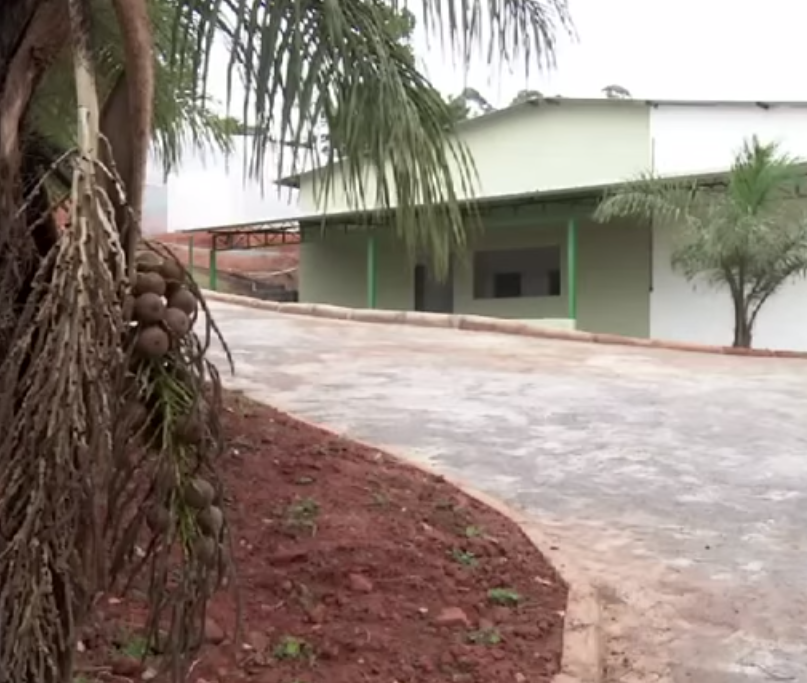AI enables you to manage big data on climate change to take positive and rapid action
quarta-feira, julho 13, 2022
Humanity needs all the help available in the race to limit global warming and ensure a life within the safe parameters of temperature, and for that, nothing better than having "brains" running 24 hours in solving and preventing problems. This availability of a major boost in the mathematics of climate change is one of the promises of artificial intelligence (AI), technology based on software's ability to learn patterns and start "thinking" and solving problems on its own.
However, the use of this technology, which brings together some of humanity's greatest advances in terms of computing, is far from a solution in itself: machines do not, at least yet, have the ability to solve the problem for us humans alone, but they can help us a lot to visualize, plan and act.
In 2022, artificial intelligence gives impressive but segmented examples (see examples below). The big technological leap is to come and depends on a much more connected world. The advances made today, in developed countries and companies, are in the access to management tools that can direct efforts to reduce emissions and use of materials, in addition to sophisticated the weather forecast.
In short, before delivering the solution to the climate crisis, The power of AI lies in helping to better understand the problem by organizing this big data of economic activities, their carbon emissions, and crossing them with the possibility of potentially dangerous natural consequences, be it rising seas or severe drought. Precisely the computational power of gathering and processing so much information is the silver bullet that artificial intelligence can offer.
There is no way to skip steps, but there is a way to accelerate progress. Technologies available today to governments and multinational companies already deliver applications with simple interfaces, which allow ordinary people, not scientists or researchers, to "pilot" the intelligence of machines to formulate management models, or public policies, capable of pointing the way to netzero.
Managers today have in AI solutions the possibility to pass a high precision scanner in their operations and thus improve them as they prefer, including in the formulation of policies to reduce greenhouse gas emissions (GHG).
But according to data scientist Hamid Mader, head of the social impact and climate analysis department at Boston Consulting Group (BCG), this reading is neither simple nor quick. To One Planet the executive states that a reading, processing and planning operation for climate actions at the governmental level, whether in municipalities, states or countries, does not take less than 18 months, six to read the situation, six for data processing and six for defining strategies.
BCG GAMMA, the consulting firm's advanced data analysis unit, this month released the results of a survey in conjunction with the AI For The Planet alliance, which unites BCG, the United Nations (UN) and startups, and listened to more than 1,000 executives in 14 countries, including Brazil. The results show that most expect AI to help, but lack access to technology. The figures also show that the private sector expects the government to drive this technological turn.
In BCG forecasts, the use of AI could generate reductions of 5% to 10% in GHG emissions, which would mean 2.6 to 5.3 gigatons of CO2 if the measures were applied globally. The time for the world to reach the necessary installed technology is estimated between 5 and 15 years, according to the consultancy.
UN has supercomputer project to predict extreme weather
On another front, the UN works on the development of a supercomputer for the prediction and planning of disaster prevention and climate adaptation. The so-called Earth-2, or E-2, must contain in its memory a virtual version of the planet Earth, simulating the oscillations of winds, temperatures, seas and all possible data on the climate situation.
The project is a partnership between technology multinational Nvidia and the UN Satellite Center, which already uses artificial intelligence to predict and design reaction plans in flood cases around the world.
"The UN will be fully able to predict climate change. To develop the best mitigation and adaptation strategies, we need climate models that can predict the climate in different regions of the globe over the decades," says Marcelo Pontieri, chief marketing officer of Nvidia's Latin America division.
The idea is to use the company's technology to process the satellite images that the UN already has available and optimize this process. According to project information, the joining of platforms could accelerate a seven-fold AI-based flood detection, covering more extensive areas with greater accuracy.
While weather forecasting is primarily based on atmospheric physics, climate models with artificial intelligence use data accumulated over several decades and intersect with the physics, chemistry, and biology of the atmosphere, waters, ice, earth, and human activities to achieve results and predictions. The analysis of patterns of decades generates prognoses calculated based on a trend of climate evolution.
AI initiatives highlighted at the latest Climate Summit
At the last Climate Conference (COP-26) in 2021, a global report on the development of artificial intelligence in the context of climate change brought together the most advanced initiatives in progress. The next UN summit is scheduled for November. Below are five examples of the application of AI operating in the energy, emissions and agricultural and food security sectors.
Climate TRACE: Coalition of organizations have an emissions monitoring platform that combines data from more than 300 satellites and 11,000 sensors. AI algorithms are used to identify and quantify emission sources.
National Electric System Operator - UK: Working with Open Climate Fix implements deep learning applications (AI modality) to help optimize national electricity demand forecasts.
Kuzi: Platform uses AI to make predictions about locust breeding sites and migration routes in Africa. Aggregates data such as soil moisture, wind, humidity and temperature sensors, vegetation indices, satellite images, and local climate. Forecasts are delivered to farmers as text alerts. Forecasts can reach up to 3 months before an infestation, giving time to prevent, contain, mitigate and prepare for the outbreak.
Aionics: U.S. startup uses AI to enable battery manufacturers to do fewer tests to get to the ideal model, saving energy and raw materials.
MAAP: Mapping the Andean Amazon Project uses remote sensing to track deforestation in the Andean Amazon in real time. In a work similar to that developed by INPE in Brazil, satellite images allow to identify the smoke of the fires.
Source: Um só Planeta





















0 comentários
Agradecemos seu comentário! Volte sempre :)